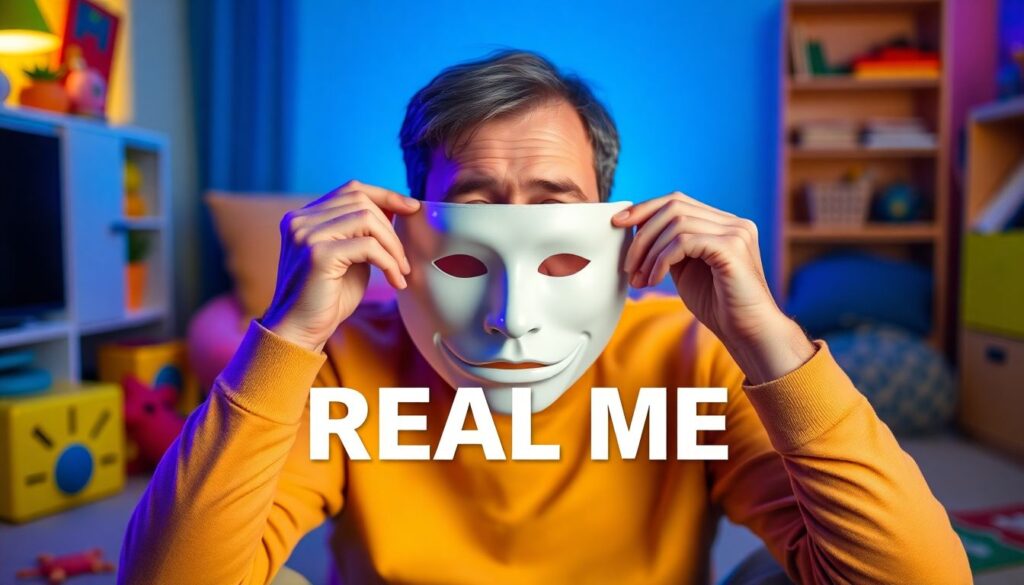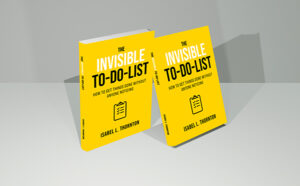
Many autistic adults know masking all too well. It’s the daily practice of hiding or suppressing autistic traits to appear more “neurotypical.” Smiling when overwhelmed, forcing eye contact, mimicking social cues—masking can help navigate a world that doesn’t always accept difference.
But here’s the catch: masking is exhausting. Over weeks, months, and years, it drains energy, suppresses identity, and fuels the cycle of autistic burnout.
In Embracing Self-Care for Autistic Burnout: Your comprehensive resource for managing autistic burnout, we explore the hidden costs of masking and why unmasking safely is essential for long-term well-being.
What Is Autistic Masking?
Masking can look like:
- Practicing scripts before conversations
- Forcing yourself to endure sensory discomfort without showing it
- Suppressing stims in public
- Adopting social behaviors to avoid judgment
While masking often reduces immediate stigma or conflict, it requires constant monitoring, self-correction, and hypervigilance. Over time, this effort erodes both mental and physical reserves.
How Masking Fuels Burnout
Masking contributes to burnout in several ways:
- Energy Depletion
Every social interaction becomes a performance. Even casual conversations demand intense focus and self-control, leaving little energy for anything else. - Delayed Recovery
Because masking hides distress, others may assume you’re coping fine—even when you’re at your limit. This prevents needed breaks or accommodations. - Identity Erosion
When you constantly mask, it’s easy to lose sight of who you are underneath. This identity confusion can worsen burnout and prolong recovery. - Cumulative Stress
Masking isn’t just tiring—it’s stressful. The fear of being “found out” or judged adds chronic anxiety on top of exhaustion.
Signs Masking Is Taking a Toll
- Feeling completely drained after social interactions
- Needing long periods of recovery after work or school
- Experiencing shutdowns or meltdowns at home but not in public
- Losing touch with your authentic preferences or identity
- Constant anxiety about how you’re being perceived
If these sound familiar, masking may be a major factor behind your burnout.
Safer Ways to Begin Unmasking
Unmasking doesn’t mean abandoning all coping strategies at once. It’s about creating safe spaces where you can be more authentic. Some starting points:
- Allowing yourself to stim at home or with trusted people
- Practicing saying no to overwhelming situations
- Seeking out neurodivergent-friendly spaces (online or offline)
- Reconnecting with your natural communication style
- Journaling or reflecting on what feels authentic versus forced
Unmasking is a process, not an on/off switch. It’s about gradually reclaiming your identity at your own pace.
Masking Doesn’t Make You Weak—It Means You’ve Adapted
It’s important to recognize that masking often develops as a survival strategy in a world that misunderstands autism. If you’ve masked for years, it’s not a failure—it’s resilience. But now, it’s time to honor your needs and shift toward authenticity.
As one Amazon reviewer shared about the book:
“I realized my burnout wasn’t random—it was years of masking. Finally, someone put words to my experience.”
Start the Journey to Authentic Recovery
If masking has left you drained, know that recovery is possible. Embracing Self-Care for Autistic Burnout provides practical tools, personal stories, and expert strategies to help you reduce burnout, unmask safely, and live authentically.
🟣 Start unmasking and reclaim your energy today





